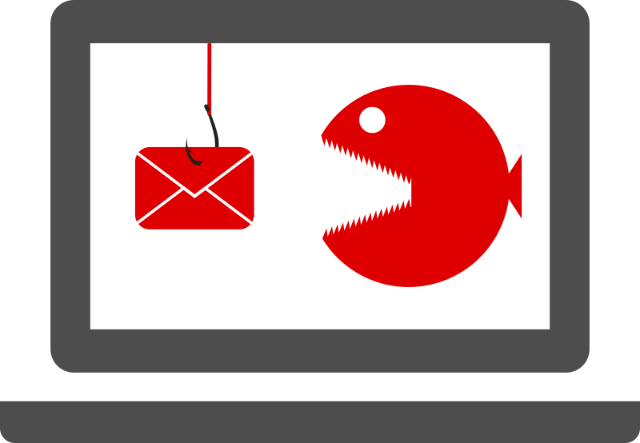You may have wondered why the Information Security Office is asking you to forward certain emails to us and not others. Certain email categories represent a potential threat to Longwood University in the form of compromised credentials or information. Other categories of email carry no threat to Longwood but instead threaten your wallet.
- Phishing emails represent a very real threat to Longwood, and Information Security needs your help to thwart these nefarious attempts to gain unauthorized access.
- A phishing email will attempt to get the recipient to pass along credentials (username and password) that would allow the attacker to access Longwood systems.
- These emails can have the credential request in the body of the email or will attempt to redirect you via a link or attachment to a site to enter logon credentials.
- Please report these to [email protected] as we will use this information to warn the campus about the phishing attempt, and to implement prevention measures if needed.
- Spam emails do not represent a threat to Longwood University but they can be annoying and confusing.
- These emails typically are trying to get money from you in some form and can include links to sites with ads or popups or other undesirable detritus.
- Many of these emails are scams, and they begin to circulate widely. If you are concerned about the rest of campus receiving the email, you can send it to [email protected]. We will use this information to warn the campus about the scam.
- Individual spam emails do not need to be reported. The best way to deal with them is to right click on the email and click Junk > Block Sender. You can also contact the Help Desk at (434) 395-4357 for additional assistance.
- Email attachments and links can be questionable. While Information Security can guide you in regards to email attachments, we cannot make the decision to open or not to open. If you have an attachment that you have any questions about, please visit our phishing indicators page.
Note: Whether the email is phishing or spam, it will likely come from an unusual sender. Be sure to hover your mouse over links and to check the originating email address for any anomalies.


